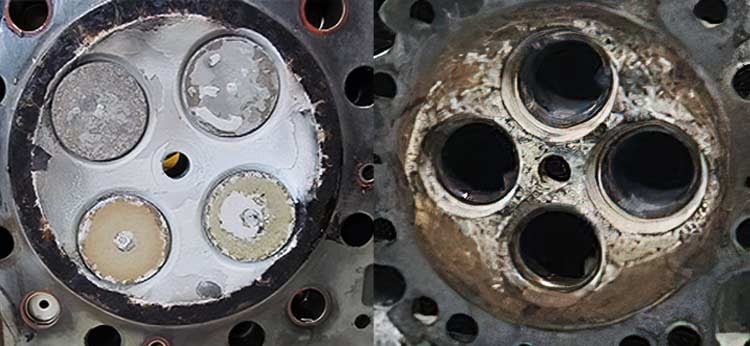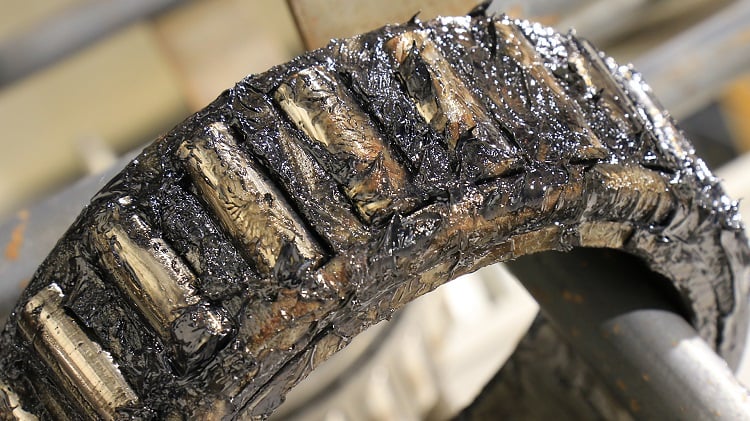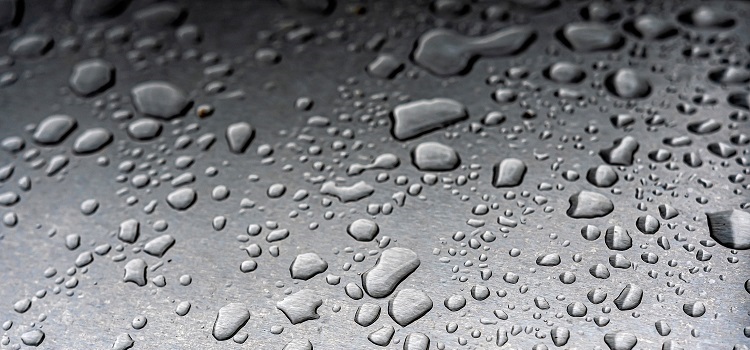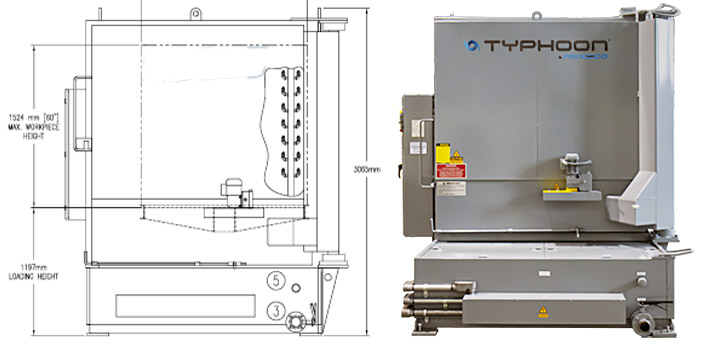SILOXANES IN BIOGAS
When compared to diesel and gasoline, conventional natural gas is estimated to produce up to 25% fewer greenhouse gas emissions. Moreover, biogas offers additional benefits as its use can significantly reduce well-to-wheels greenhouse gas emissions from fossil fuels.
Biogas is a renewable energy source produced from various types of organic matter, including agricultural waste, plants, food waste, sewage, and manure. Biogas can be further refined into a renewable natural gas (RNG) to replace fossil natural gas in RNG-fueled vehicles or to produce electricity through multiple means to serve a variety of needs.
Siloxanes are chemical compounds found in many household and industrial products, from cosmetics and food additives to industrial waterproofing applications. Because of widespread use, our waste streams are experiencing a buildup of siloxanes. While siloxanes are environmentally benign, trace concentrations have become a problem in biogas combustion applications.
EFFECTS OF SILOXANE DEPOSITS ON INTERNAL COMBUSTION ENGINES
When combusted, siloxanes can have an adverse effect on ignition and combustion, resulting in an increase in emissions. Siloxanes transform into crystalline silica during combustion, which adheres to engine components. The crystalline silica essentially deposits as a layer of glass inside the combustion chamber and exhaust ports. These deposits are highly abrasive, and even a small amount is enough to cause engine power reduction and damage, leading to possible breakdowns. This buildup is such an issue that engine manufacturers require biogas siloxane levels to be monitored to the maximum possible level.
Silica also accumulates in lubricating oil, causing a rise in internal friction that results in excessive wear and decreased engine performance. Extreme buildup on surfaces can also inhibit heat transfer, which can then cause the engine to overheat.
Uncontrolled siloxane levels in biogas power generation equate to increased greenhouse gas emissions and increased equipment maintenance costs.
Biogas engine overhaul may require removing crystalline deposits caused by combusted siloxane. The deposits are generally difficult to detach from the (typically iron or aluminum) substrate. Mechanical tools may prove helpful; however, part surface damage may result from their use.
One highly effective method that has been tested with cast-iron cylinder heads is a spray washing process that uses a propriety blend of high-pH caustic cleaner and surfactants to dissolve the buildup. However, this specific method is only effective with steel or iron as high-pH formulations (without inhibitors) will essentially attack the aluminum substrate.
The process uses five (5) factors to dissolve the silica buildup:
- Aqueous-based detergent to dissolve the crystalline buildup
- Heat to increase the rate of reaction
- Cycle time to allow for the buildup to dissolve
- High pressure to dislodge the soil
- High flow to wash it away and carry fresh solution to the site
Reducing any of these five factors will have a diminishing effect on the process.
RINSING AWAY RESIDUAL CHEMICALS
The primary purpose of rinsing is to remove detergent or chemical residues that can interfere with subsequent processes and bring about skin irritations during handling. Rinsing also preserves detergent if the resulting runoff is diverted back to the wash tank and used to make up the wash solution level for losses due to evaporation.
However, the amount of plant water needed to rinse the workpieces may exceed the make-up needs in the wash tank, requiring the remaining water to be diverted to waste treatment. A recirculating rinse requires a greater capital equipment outlay but will save water in the long run.
EQUIPMENT REQUIRED
Since this process is highly corrosive, it is best performed in an enclosed cabinet with adequate ventilation. A heavy-duty turntable parts washer is a good choice for the same reason; it will safely contain the heated, high-pH and high-pressure spray. Although a carbon-steel construction will provide many years of reliable service, stainless-steel construction is the preferred choice of materials. Workpieces should be positioned on the turntable for maximum spray impingement and draining. In addition, preventing the solution from pooling on the workpiece will reduce drag-out and allow the part to dry better. In the absence of pooling, heavy workpieces, such as diesel cylinder heads, should flash dry in minutes, owing to the heat absorbed during the cleaning cycle.
As the crystalline silica buildup is washed away from the workpieces, it tends to settle in the wash tank. Covering the surface of the tank floor with a sludge removal conveyor can effectively remove the sludge and accumulated silica.
To remove as much silica in suspension as possible, filtration of the wash solution should also be considered. Silica is abrasive and allowing it to accumulate in the wash solution may cause excessive pump wear, leading to eventual failure.



